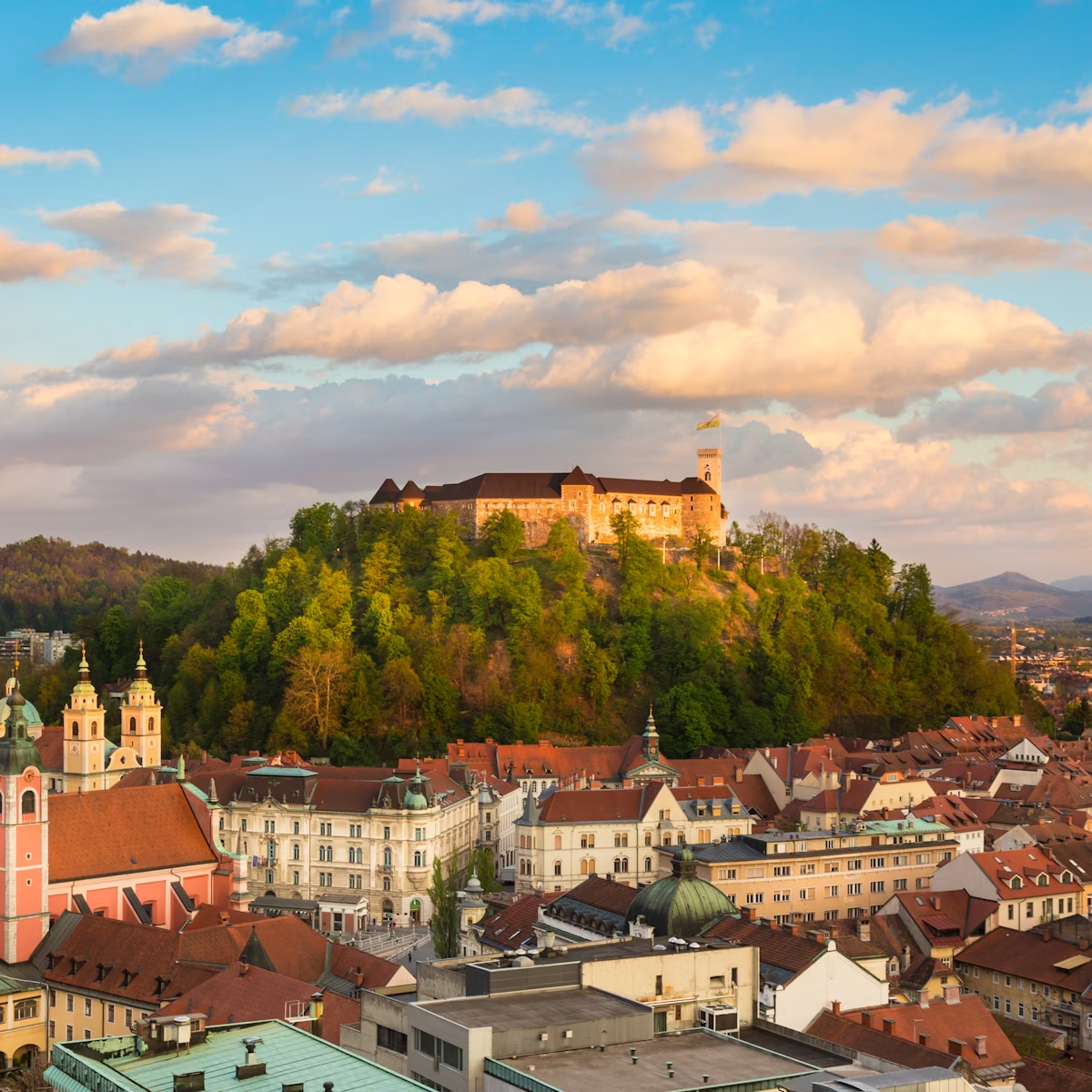Since ancient times, periodic Lake Cerknica (Cerniško Jezero) has baffled and perplexed people, appearing and disappearing with the seasons. Cerknica is a polje, a field above a collapsed karst cavern riddled with holes like a Swiss cheese. During rainy periods, usually in the autumn and spring, water comes rushing into the polje. As the water percolates between the rocks, the sinkholes and siphons can't handle the outflow underground, and the polje becomes Lake Cerknica – sometimes in less than a day.
The polje is fed by a disappearing river, the Stržen, and also collects water underground from the Bloke Plateau and the Javornik Mountains. The surface area of Lake Cerknica can reach 38 sq km (under ordinary conditions it usually reaches around 28 sq km), but it is never more than a few metres deep. When full it is an important wetland, attracting up to 276 species of birds each year, as well as 125 butterfly species (a remarkable one-third of Europe's entire stock of butterfly species), and 15 amphibian species (three-quarters of Slovenia's total). During dry periods (usually July to September or later), farmers drive cattle down to the polje to graze among the sinkholes.
The lake begins in the north at the village of Dolenje Jezero, 2.5km south of Cerknica.







